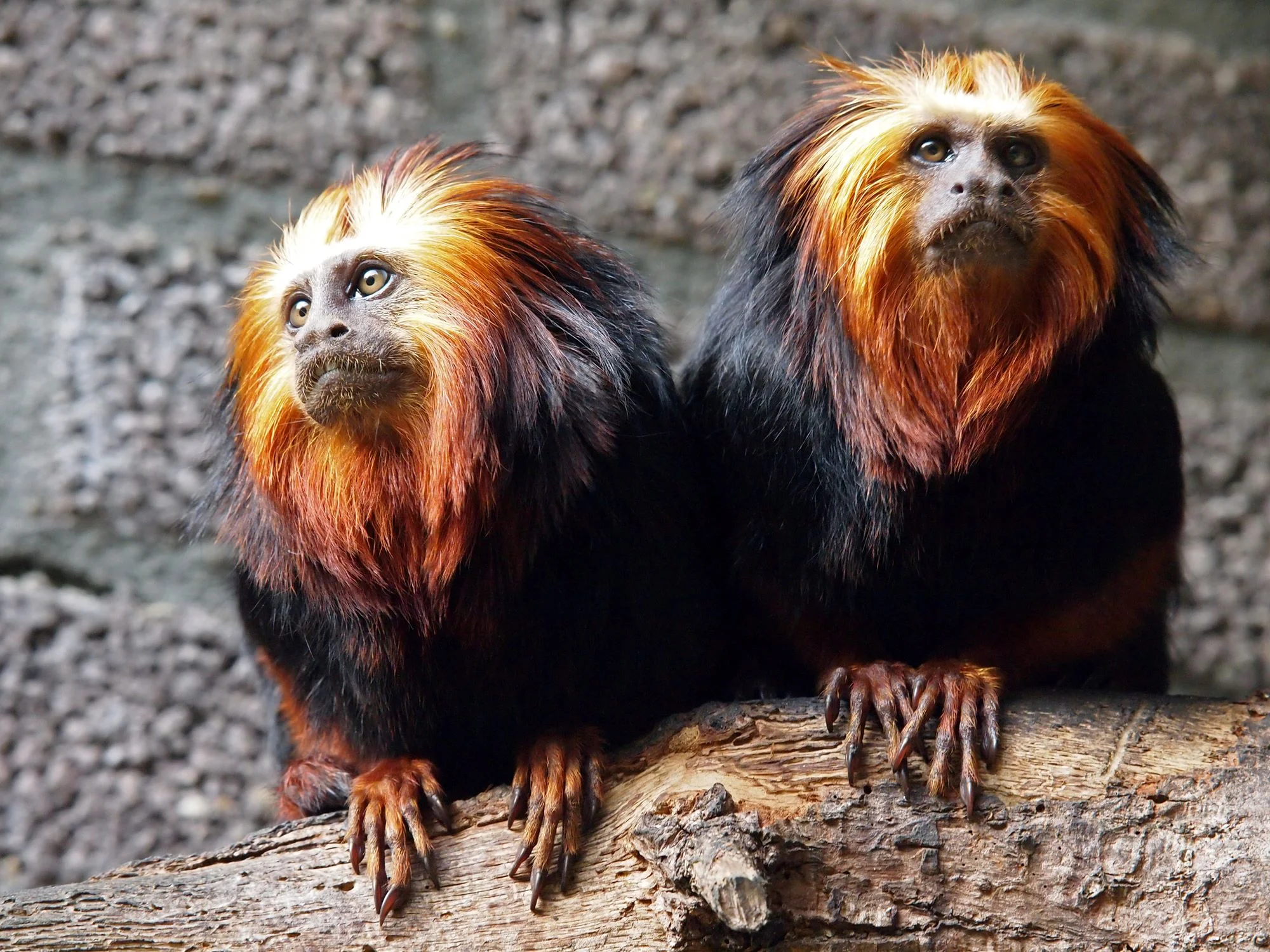 Pair bonding is a human capability that makes it possible for us to engage in the synergistic practice we explore at this website. Only a tiny minority (3-5%) of mammal species are capable of forming a pair bond. Humans, happily, are part of that tiny minority of mammal species.
Pair bonding is a human capability that makes it possible for us to engage in the synergistic practice we explore at this website. Only a tiny minority (3-5%) of mammal species are capable of forming a pair bond. Humans, happily, are part of that tiny minority of mammal species.
For what purpose has human pair bonding evolved? We seem to have evolved thus because it serves our offspring and increases their chances of survival. How? By improving the odds that two caregivers will become emotionally attached or bonded to any offspring. As we will explore later, ‘social’ monogamy and ‘sexual’ monogamy are not the same thing. It is possible to stay a lifetime with a partner with whom one has pair bonded. This is called social monogamy. And despite this, a partner may cheat on the side if temptation presents itself. Researchers call this “extra-pair coupling”. Being sexually faithful to a partner throughout life, sexual monogamy, is almost unknown amongst mammals, even pair bonders.
However, human beings are in the best position to learn to sustain social and sexual monogamy. Why? Because of our capacity for advanced learning, reflection and planning. The research available in this website provides effective signposts and practical information that will allow curious seekers to explore this type of synergy for themselves.
_________
Conserved transcriptomic profiles underpin monogamy across vertebrates
The genetic basis of parental care evolution in monogamous mice
Human pair bonding Honeymoon neurochemistry Coolidge effect (habituation) Competing stimuli Neurobiology
